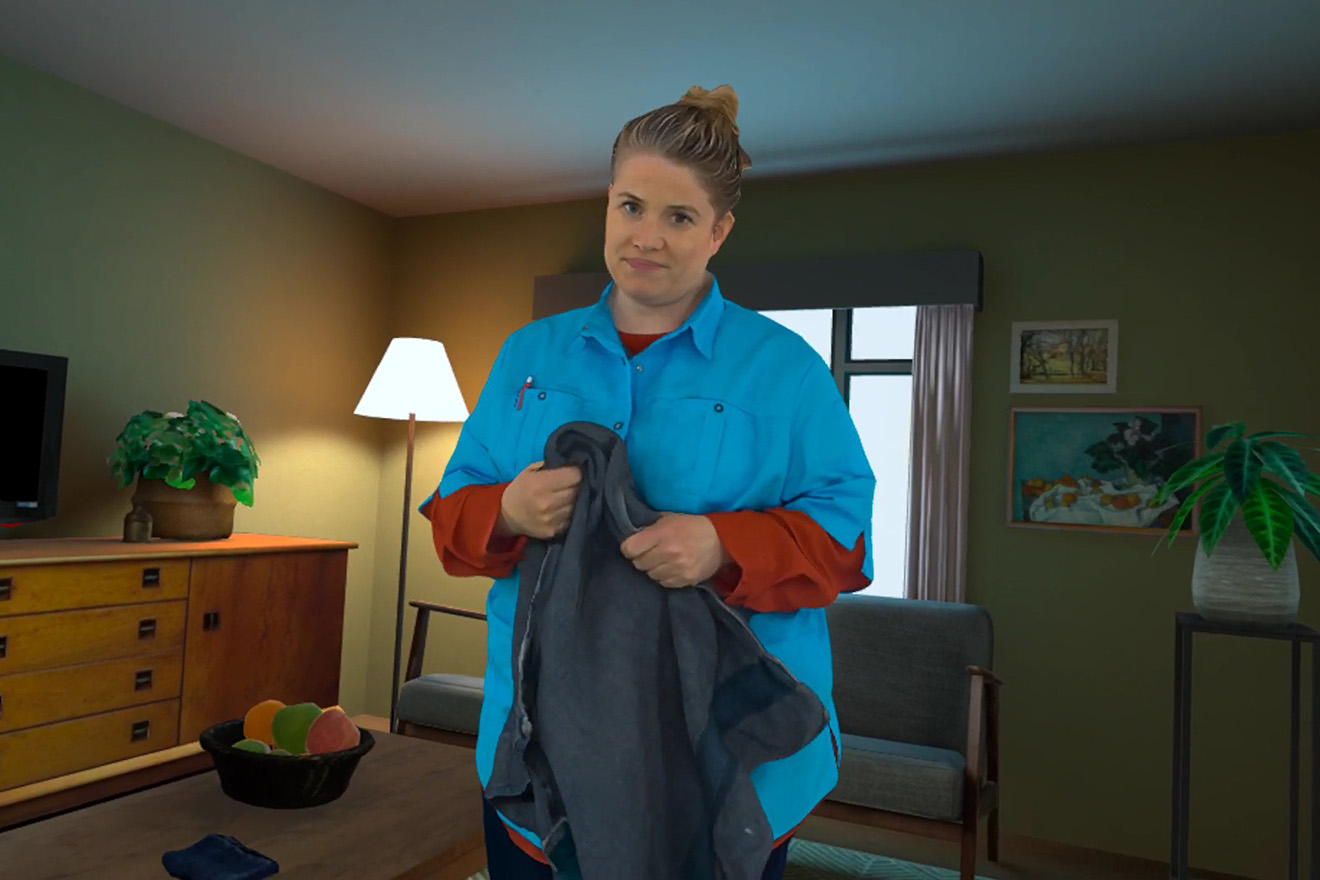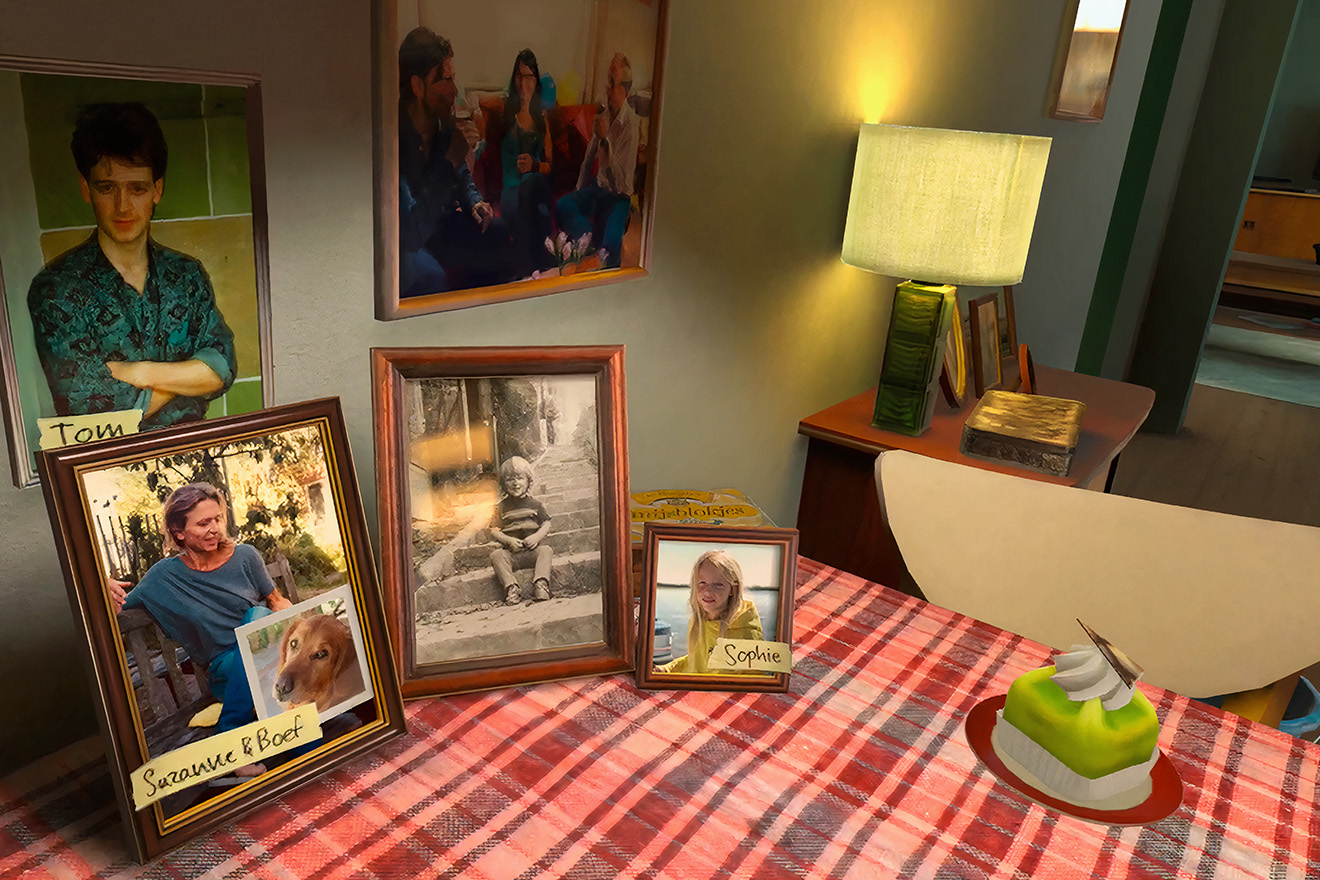Experience in VR what it's like to have advanced dementia
On World Alzheimer’s Day, the Into D’mentia Foundation and serious gaming company IJsfontein are launching an entirely new version of the successful dementia experience initially installed in a physical booth in 2012. The booth, which focused on early-stage dementia, has been recreated in VR. Now, a new version takes it a step further, addressing advanced dementia. Experiencing dementia firsthand enhances understanding, crucial for learning how to effectively handle the condition. With the latest technology, virtual reality creates a lifelike experience aimed at fostering empathy and greater understanding for loved ones and/or patients.

Dementia: A Growing Issue in Elderly Care
In the Netherlands, an estimated 290,000 people have dementia. With an aging population, this number is expected to rise significantly in the coming years. Therefore, it is crucial for healthcare professionals, caregivers, and even store or counter staff to handle dementia (and its symptoms) effectively. More understanding leads to better care and the possibility of longer independent living. It's challenging to imagine what someone with dementia experiences and why a partner or parent suddenly behaves differently. The VR experience allows participants to easily understand what it's like to have early and advanced stages of dementia.
New Experience Focused on Advanced Dementia
There was a significant demand from healthcare institutions for a follow-up to the initial experience, focusing on the specific issues of advanced dementia. The simulation addresses characteristics such as getting lost in time, space, and place, uninhibited behavior, and aggression. Additionally, VR2 aims to improve the triad relationship between the person with dementia, the healthcare professional, and the caregiver. The subsequent training helps participants better manage dementia.
How it works
Healthcare professionals and caregivers step into the confusing world of someone with dementia through a lifelike VR experience. Thanks to volumetric video, a 3D environment, and professional actors, it feels to those wearing the VR headset as if they are in a real world with real people, taking on the perspective of someone with dementia. By performing various actions and making mistakes, they experience the different stages of dementia. They are also presented with a mirror: they see a caregiver and a healthcare professional at work while interacting with each other and with the person living with dementia. Viewing this through the eyes of a person with dementia creates recognition that can be not only moving but also confronting.
Better scalability
Into D’mentia began in 2012 as an experience in a container where a small kitchen was recreated. Kluun wrote about it in his book Family Dynamics, which partly deals with his mother who has to live with dementia. Through projections, the user had a similar experience to the current VR versions. The simulation has also spread outside of the Netherlands. The great advantage of the VR versions, besides being even more realistic, is that they are much more scalable. This makes it much easier and cheaper for healthcare institutions to offer their staff the VR experience. And this is important, because the more people understand and empathize with those with dementia, the better we can care for them.
Interested in a demo or want to know more?
Contact Saskia Kuin.
